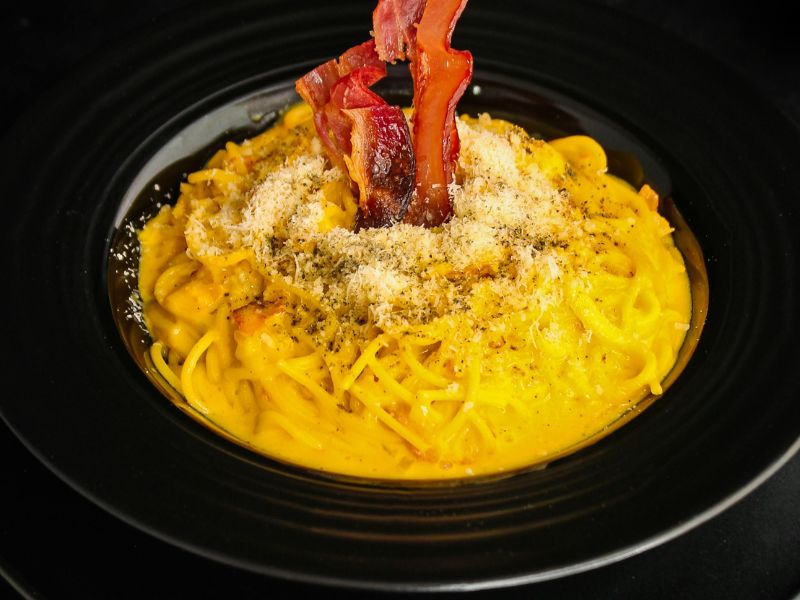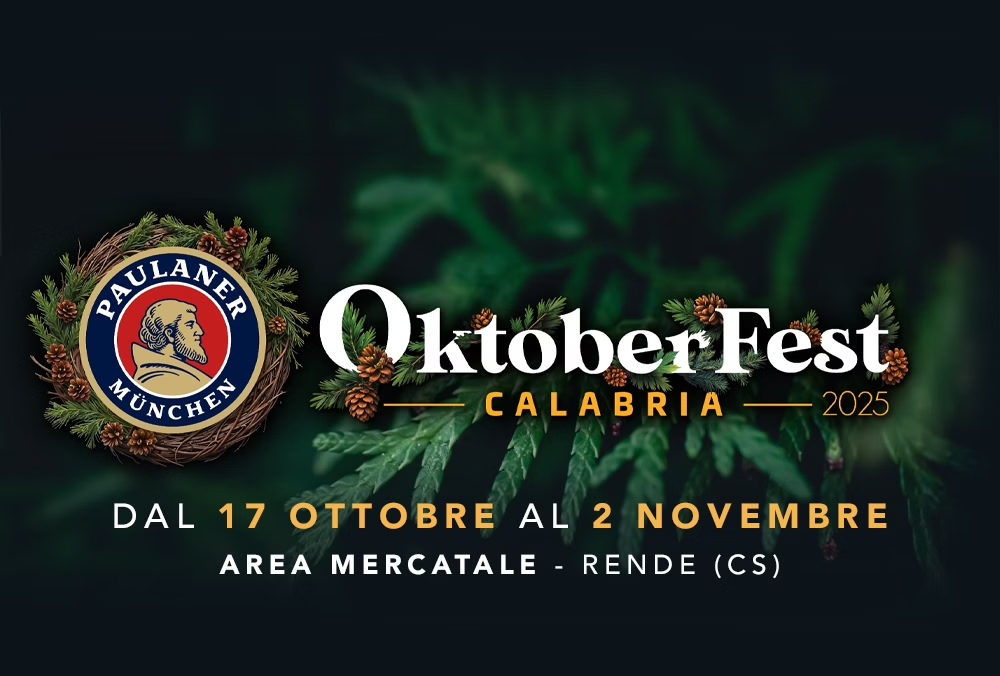The Carbonara is one of the most iconic and beloved dishes of Italian cuisine, known and appreciated all over the world for its simplicity and irresistible flavor. Despite its global fame, the origins of this recipe are shrouded in mystery and often debated by culinary art historians.
The origins of the Carbonara
There are several theories regarding the exact origin of the Carbonara. One of the most reliable dates its origin back to World War II, when American soldiers stationed in Rome are believed to have contributed to the creation of the dish. The story goes that the soldiers, having powdered eggs and bacon among their rations, asked the Roman cooks to create a dish that included them. From this request came a simple but delicious combination, which over time has been perfected to become the Carbonara we know today.
Another theory suggests that the Carbonara derives from the “Carbonai” of the Apennine mountains, who prepared this nutritious and fast dish with the ingredients they had available while working in the woods. This hypothesis would also explain the name of the dish, and its connection to coal, “carbone”.
Ingredients and preparation
The traditional recipe of Carbonara is surprisingly simple and requires very few ingredients: Pasta (preferably spaghetti or rigatoni), pork cheek, eggs, Roman pecorino cheese, black pepper and salt. The key to success lies in the quality of the ingredients and their preparation.
The aged pork cheek is cut into cubes and browned in the pan until crispy. The eggs, usually only the egg yolks, are mixed with grated pecorino and plenty black pepper. The pasta, cooked “al dente”, is then combined with the pork cheek and egg cream off the heat, to prevent the eggs from overcooking and becoming scrambled. The result is a creamy and tasty pasta dish with a unique texture and taste.
The cultural aspect of Carbonara
The Carbonara is not only a dish, but an authentic symbol of Roman and Italian cuisine. It’s a perfect example of how Italian cuisine transforms simple ingredients into culinary masterpieces.
This dish is also a reflection of Italian culture and lifestyle, where food is seen as much more than just nourishment: It represents the joy of being together, tradition, and a way to celebrate life. Every Roman family has its own version of the Carbonara, handed down from generation to generation, and every restaurant in Rome offers its own interpretation, creating a multitude of variations that make the dish always new and interesting.
Come and experience the Carbonara at the BV Oly Hotel restaurant
For those who wish to taste an authentic Carbonara, the BV Oly Hotel restaurant is the ideal destination. Located in the heart of the EUR – San Paolo district, it offers a traditional version of the Carbonara, prepared with fresh, high quality ingredients, following the original Roman recipe.






